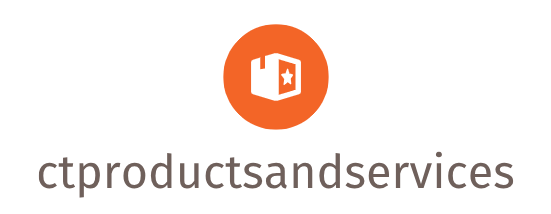
Understanding Your Current Landscape: The Foundation of Roadmap Success
Before you even think about choosing a roadmap tool, you need a firm grasp of your current product state. This involves analyzing existing features, identifying market trends, understanding customer needs and feedback, and assessing your team’s capacity. Are there any major bugs or performance issues? What are your key performance indicators (KPIs) telling you about the success (or failure) of current features? This deep dive is crucial; any roadmap built without this foundation will likely be ineffective.
Prioritization Frameworks: Choosing the Right Method for Your Team
With a clear understanding of your product’s current state, you can start prioritizing what to build next. Several frameworks can help with this, each with its own strengths and weaknesses. MoSCoW prioritization (Must have, Should have, Could have, Won’t have) is great for simple projects. RICE scoring (Reach, Impact, Confidence, Effort) offers a more data-driven approach. Value vs. Effort matrices visually represent the trade-off between building something valuable and the resources required. Choosing the right framework depends on your team’s size, experience, and the complexity of your project.
Roadmap Software: The Tools That Make it Happen
Numerous tools can help you visualize and manage your product roadmap. Jira, a popular choice for agile teams, allows for granular task management and integrates well with other Atlassian products. Productboard offers a more user-centric approach, focusing on integrating customer feedback directly into the roadmap process. Aha! is another strong contender known for its visual roadmapping capabilities and strategic planning features. Choosing the right software depends on your workflow, budget, and team size. Some offer free plans for startups while others are geared towards larger enterprises.
Visualizing Your Roadmap: Beyond Simple Gantt Charts
While Gantt charts remain a staple for project management, a truly effective product roadmap goes beyond simply scheduling tasks. Consider using a Kanban board to visualize workflow stages and identify bottlenecks. A roadmap should also communicate the “why” behind each feature. Include clear descriptions of the user problem being solved and the expected impact. Using visuals like icons and color-coding can enhance understanding and engagement, making the roadmap accessible to stakeholders across the organization.
Collaboration and Communication: Keeping Everyone on the Same Page
Your product roadmap isn’t a document that sits on a shelf; it’s a living document that needs constant updating and communication. Use your chosen tool’s collaboration features to foster teamwork and transparency. Regularly update stakeholders – including engineering, marketing, sales, and even customers – on progress and any changes to the plan. Consider holding regular roadmap review meetings to discuss priorities, address roadblocks, and maintain alignment.
Iteration and Adaptation: The Agile Approach to Roadmapping
No product roadmap is perfect from the start. The market evolves, customer needs change, and unforeseen issues arise. Embrace an agile approach to roadmapping. Build in flexibility for pivoting based on new information. Regularly revisit your roadmap, collect feedback, and adapt your strategy as needed. This iterative process is key to building a product that truly meets the needs of your users and achieves your business goals. Regularly scheduled sprint reviews and retrospectives are crucial for this iterative process.
Metrics and Measurement: Tracking Progress and Demonstrating Value
Finally, it’s crucial to track the success of your roadmap. Establish key performance indicators (KPIs) that align with your product goals. These might include user engagement metrics, conversion rates, customer satisfaction scores, or revenue growth. Regularly monitor these KPIs to assess the effectiveness of your roadmap and identify areas for improvement. Data-driven insights will inform future iterations and help you make smarter decisions.
Beyond the Tools: The Importance of a Strong Product Vision
Ultimately, the most effective product roadmaps stem from a clear and compelling product vision. Without a strong understanding of your overall goals and target audience, even the best tools and methodologies will fall short. Develop a shared vision across your team, use it to guide your prioritization, and ensure that your roadmap is always aligned with the larger strategic objectives of your organization. This vision will be the north star guiding your product development journey. Visit here about product roadmap tools




.jpg)




